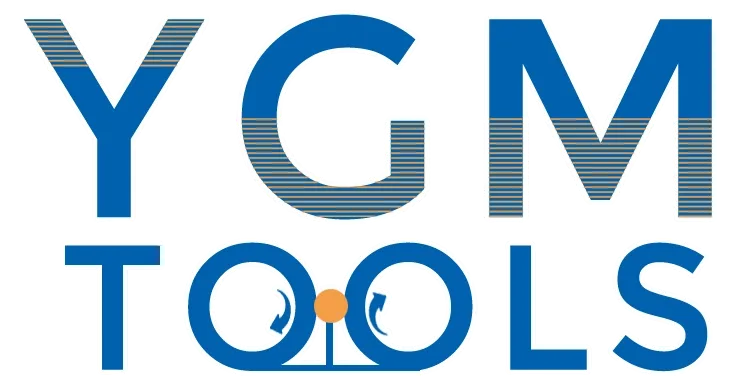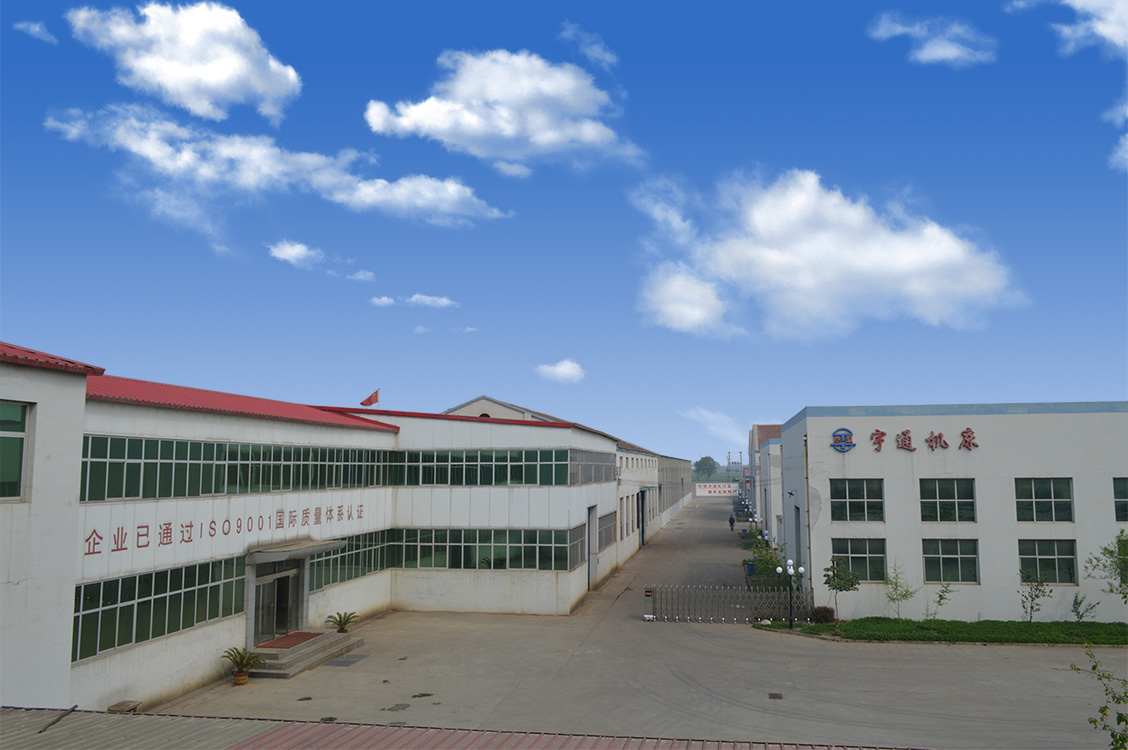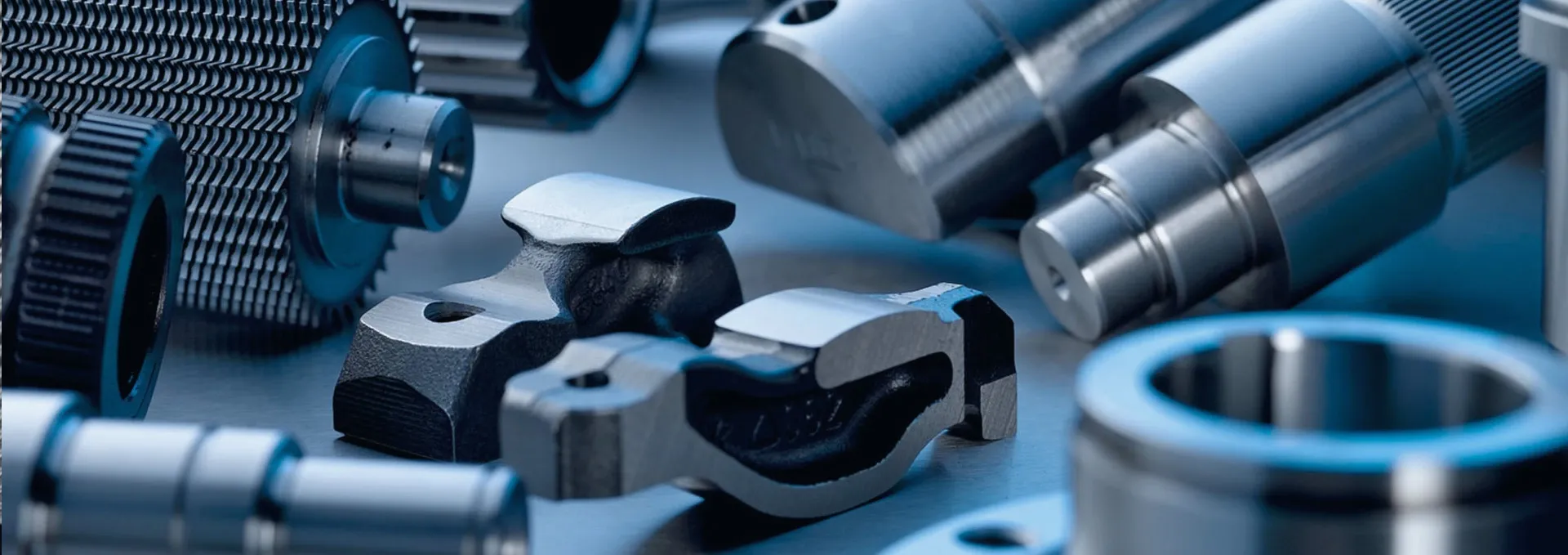
-
 Afrikaans
Afrikaans -
 Albanian
Albanian -
 Amharic
Amharic -
 Arabic
Arabic -
 Armenian
Armenian -
 Azerbaijani
Azerbaijani -
 Basque
Basque -
 Belarusian
Belarusian -
 Bengali
Bengali -
 Bosnian
Bosnian -
 Bulgarian
Bulgarian -
 Catalan
Catalan -
 Cebuano
Cebuano -
 Corsican
Corsican -
 Croatian
Croatian -
 Czech
Czech -
 Danish
Danish -
 Dutch
Dutch -
 English
English -
 Esperanto
Esperanto -
 Estonian
Estonian -
 Finnish
Finnish -
 French
French -
 Frisian
Frisian -
 Galician
Galician -
 Georgian
Georgian -
 German
German -
 Greek
Greek -
 Gujarati
Gujarati -
 Haitian Creole
Haitian Creole -
 hausa
hausa -
 hawaiian
hawaiian -
 Hebrew
Hebrew -
 Hindi
Hindi -
 Miao
Miao -
 Hungarian
Hungarian -
 Icelandic
Icelandic -
 igbo
igbo -
 Indonesian
Indonesian -
 irish
irish -
 Italian
Italian -
 Japanese
Japanese -
 Javanese
Javanese -
 Kannada
Kannada -
 kazakh
kazakh -
 Khmer
Khmer -
 Rwandese
Rwandese -
 Korean
Korean -
 Kurdish
Kurdish -
 Kyrgyz
Kyrgyz -
 Lao
Lao -
 Latin
Latin -
 Latvian
Latvian -
 Lithuanian
Lithuanian -
 Luxembourgish
Luxembourgish -
 Macedonian
Macedonian -
 Malgashi
Malgashi -
 Malay
Malay -
 Malayalam
Malayalam -
 Maltese
Maltese -
 Maori
Maori -
 Marathi
Marathi -
 Mongolian
Mongolian -
 Myanmar
Myanmar -
 Nepali
Nepali -
 Norwegian
Norwegian -
 Norwegian
Norwegian -
 Occitan
Occitan -
 Pashto
Pashto -
 Persian
Persian -
 Polish
Polish -
 Portuguese
Portuguese -
 Punjabi
Punjabi -
 Romanian
Romanian -
 Russian
Russian -
 Samoan
Samoan -
 Scottish Gaelic
Scottish Gaelic -
 Serbian
Serbian -
 Sesotho
Sesotho -
 Shona
Shona -
 Sindhi
Sindhi -
 Sinhala
Sinhala -
 Slovak
Slovak -
 Slovenian
Slovenian -
 Somali
Somali -
 Spanish
Spanish -
 Sundanese
Sundanese -
 Swahili
Swahili -
 Swedish
Swedish -
 Tagalog
Tagalog -
 Tajik
Tajik -
 Tamil
Tamil -
 Tatar
Tatar -
 Telugu
Telugu -
 Thai
Thai -
 Turkish
Turkish -
 Turkmen
Turkmen -
 Ukrainian
Ukrainian -
 Urdu
Urdu -
 Uighur
Uighur -
 Uzbek
Uzbek -
 Vietnamese
Vietnamese -
 Welsh
Welsh -
 Bantu
Bantu -
 Yiddish
Yiddish -
 Yoruba
Yoruba -
 Zulu
Zulu
Jūn . 15, 2024 21:37
Back to list
The machine rolls out threads with ease.
The working of a thread rolling machine is a fascinating process that involves several complex steps. At its core, the machine is designed to produce threads by reducing the diameter of a metal rod or wire through a series of consecutive passes between pairs of cylindrical dies.
The process begins with the selection of the appropriate raw material, typically a high-quality steel rod. The rod is then fed into the machine, where it undergoes a series of operations. These include heating, rolling, cooling, and drawing, all of which work together to create the desired thread profile.
During the heating stage, the rod is heated to a specific temperature to make it more malleable and easier to shape. This is followed by the rolling stage, where the heated rod is passed through a series of dies that progressively reduce its diameter while simultaneously forming the thread pattern. The dies are carefully designed to ensure that the thread has the correct shape, pitch, and depth.
After rolling, the thread is cooled to harden it and prevent any changes in its shape or size. Finally, the thread is drawn through a set of dies to further refine its dimensions and remove any imperfections Finally, the thread is drawn through a set of dies to further refine its dimensions and remove any imperfections Finally, the thread is drawn through a set of dies to further refine its dimensions and remove any imperfections Finally, the thread is drawn through a set of dies to further refine its dimensions and remove any imperfections
Finally, the thread is drawn through a set of dies to further refine its dimensions and remove any imperfections Finally, the thread is drawn through a set of dies to further refine its dimensions and remove any imperfections buy thread rolling machine working.
Throughout this process, precision is key. The thread rolling machine must be calibrated to exact specifications to ensure that the resulting thread meets the required standards for quality and performance. Additionally, the operator must monitor the machine closely to detect any potential issues and make adjustments as needed.
One of the benefits of using a thread rolling machine is that it can produce threads with greater accuracy and consistency than other methods, such as cutting or grinding. This makes it an ideal choice for applications where precise thread profiles are critical, such as in the manufacture of fasteners, bolts, and screws.
In conclusion, the working of a thread rolling machine is a highly specialized process that requires careful attention to detail and precise control over every step of the operation. By following these steps, manufacturers can produce high-quality threads that meet the rigorous demands of modern industry.
buy thread rolling machine working.
Throughout this process, precision is key. The thread rolling machine must be calibrated to exact specifications to ensure that the resulting thread meets the required standards for quality and performance. Additionally, the operator must monitor the machine closely to detect any potential issues and make adjustments as needed.
One of the benefits of using a thread rolling machine is that it can produce threads with greater accuracy and consistency than other methods, such as cutting or grinding. This makes it an ideal choice for applications where precise thread profiles are critical, such as in the manufacture of fasteners, bolts, and screws.
In conclusion, the working of a thread rolling machine is a highly specialized process that requires careful attention to detail and precise control over every step of the operation. By following these steps, manufacturers can produce high-quality threads that meet the rigorous demands of modern industry.
 Finally, the thread is drawn through a set of dies to further refine its dimensions and remove any imperfections Finally, the thread is drawn through a set of dies to further refine its dimensions and remove any imperfections
Finally, the thread is drawn through a set of dies to further refine its dimensions and remove any imperfections Finally, the thread is drawn through a set of dies to further refine its dimensions and remove any imperfections buy thread rolling machine working.
Throughout this process, precision is key. The thread rolling machine must be calibrated to exact specifications to ensure that the resulting thread meets the required standards for quality and performance. Additionally, the operator must monitor the machine closely to detect any potential issues and make adjustments as needed.
One of the benefits of using a thread rolling machine is that it can produce threads with greater accuracy and consistency than other methods, such as cutting or grinding. This makes it an ideal choice for applications where precise thread profiles are critical, such as in the manufacture of fasteners, bolts, and screws.
In conclusion, the working of a thread rolling machine is a highly specialized process that requires careful attention to detail and precise control over every step of the operation. By following these steps, manufacturers can produce high-quality threads that meet the rigorous demands of modern industry.
buy thread rolling machine working.
Throughout this process, precision is key. The thread rolling machine must be calibrated to exact specifications to ensure that the resulting thread meets the required standards for quality and performance. Additionally, the operator must monitor the machine closely to detect any potential issues and make adjustments as needed.
One of the benefits of using a thread rolling machine is that it can produce threads with greater accuracy and consistency than other methods, such as cutting or grinding. This makes it an ideal choice for applications where precise thread profiles are critical, such as in the manufacture of fasteners, bolts, and screws.
In conclusion, the working of a thread rolling machine is a highly specialized process that requires careful attention to detail and precise control over every step of the operation. By following these steps, manufacturers can produce high-quality threads that meet the rigorous demands of modern industry. Share:
Latest news
Thread Rolling Machine: A Critical Tool for Industrial Metal Forming
NewsMay.06,2025
Thread Rolling Machine Suppliers
NewsMay.06,2025
Scaffolding Pipe Thread Rolling Machine
NewsMay.06,2025
Hydraulic Thread Rolling Machine Manufacturers
NewsMay.06,2025
High Speed Thread Rolling Machine
NewsMay.06,2025
Automatic Thread Rolling Machine
NewsMay.06,2025
